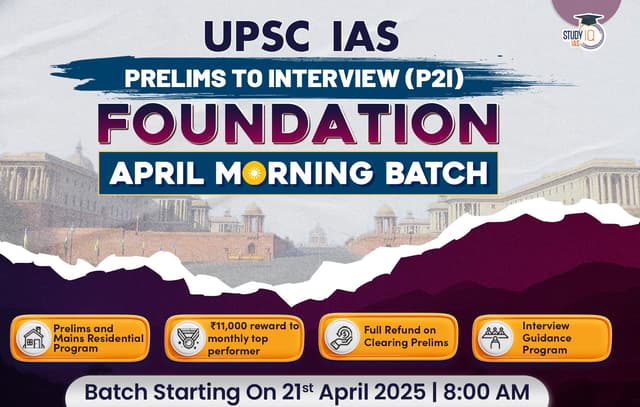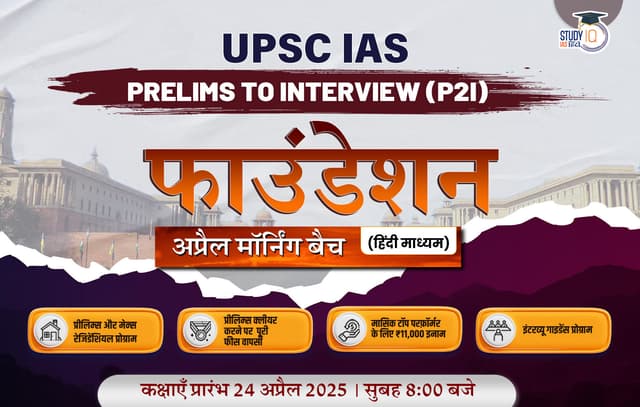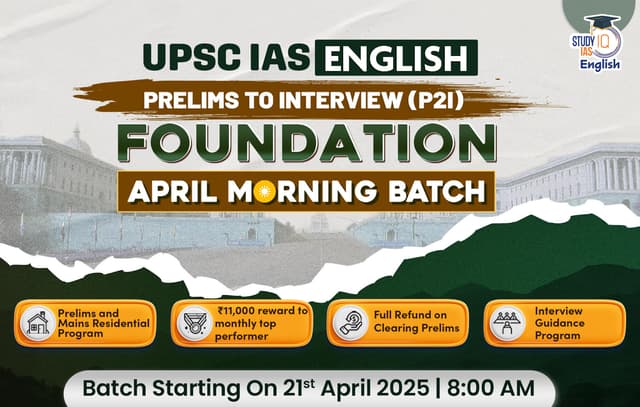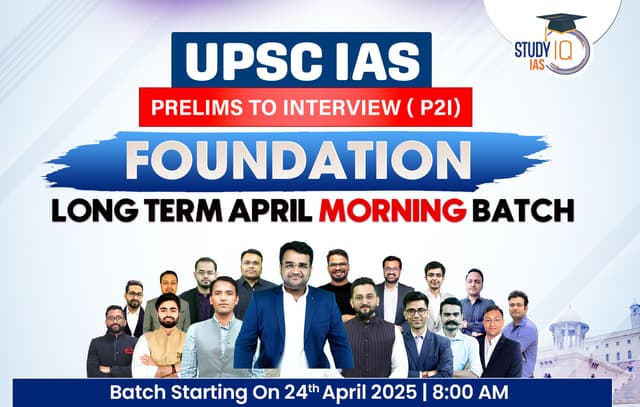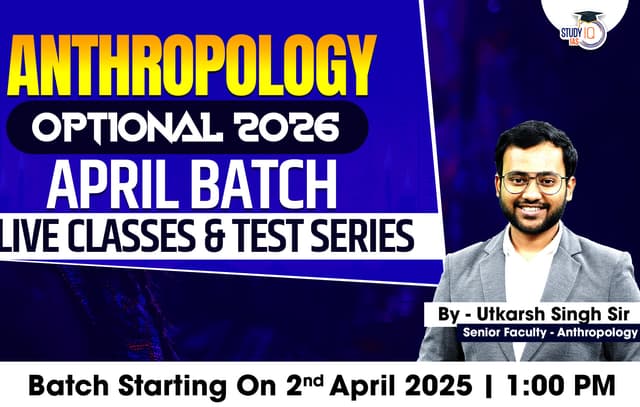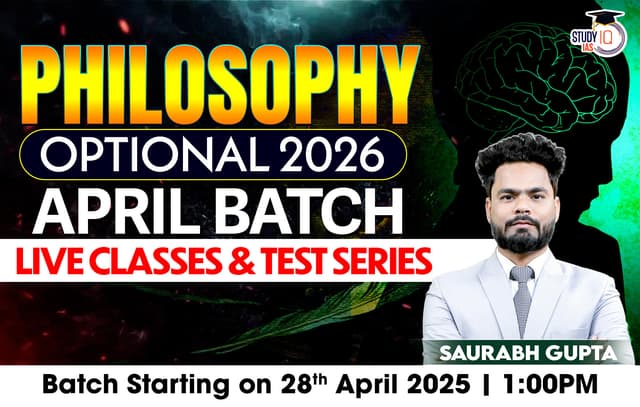Table of Contents
Context: The Union government has notified the transfer of Justice Yashwant Varma back to the Allahabad High Court from the Delhi High Court.
Chief Justice of India (CJI) Sanjiv Khanna has initiated an unprecedented three-member in-house inquiry against Justice Yashwant Varma of the Delhi High Court.
Removal Process for High Court Judge: Seven-Step In-House Process
The In-House Procedure is an internal mechanism developed by the Supreme Court of India in 1997 to handle complaints of misconduct against High Court and Supreme Court judges. Unlike the impeachment process under the Constitution, this method does not require parliamentary approval but ensures judicial accountability while maintaining the independence of the judiciary.
Initiation of Complaint
Complaints can be received by;
- President,
- Chief Justice of India (CJI),
- Chief Justice of an HC,
- The CJI decides whether to proceed or dismiss it.
Preliminary Examination
If needed, the CJI seeks a preliminary report from the concerned HC Chief Justice.
Formation of Inquiry Committee
If the preliminary report recommends further action, the CJI forms a three-member inquiry panel, consisting of two HC Chief Justices and one HC Judge.
Committee’s Powers & Procedure
The inquiry panel can devise its own process, ensuring natural justice (e.g., giving the accused judge a chance to defend himself).
Submission of Report to CJI
The report must answer two key questions:
- Are the allegations substantive?
- If yes, do they warrant removal proceedings?
Possible Outcomes
- If allegations are not serious enough for removal, the CJI can “advise” the judge or place the report on record.
- If allegations are serious enough for removal, the CJI will advise the judge to resign or retire voluntarily.
Final Steps If Judge Refuses to Resign
- The CJI will instruct the concerned HC Chief Justice not to assign any judicial work to the judge.
- The President & Prime Minister will be informed for impeachment proceedings.
- In Justice Yashwant Varma’s case, CJI has already directed the Delhi HC Chief Justice not to assign him any work.
About Transfer of High Court Judges
Article 222(1)
Empower the President to transfer a High Court judge to another High Court, in consultation with the Chief Justice of India (CJI).
Recommendation by the Collegium
- The Supreme Court Collegium, led by the CJI, initiates the transfer process.
- Involves consultation with four senior-most Supreme Court judges.
- Inputs are sought from:
- Chief Justice of the concerned High Court.
- Supreme Court judges who have previously served in the concerned High Court.
Review by the Government
- The Law Minister reviews the recommendation and advises the Prime Minister.
- The PM forwards it to the President for approval.
Presidential Approval & Notification
- The President issues an order approving the transfer & Gazette notification is published to formalize the transfer.

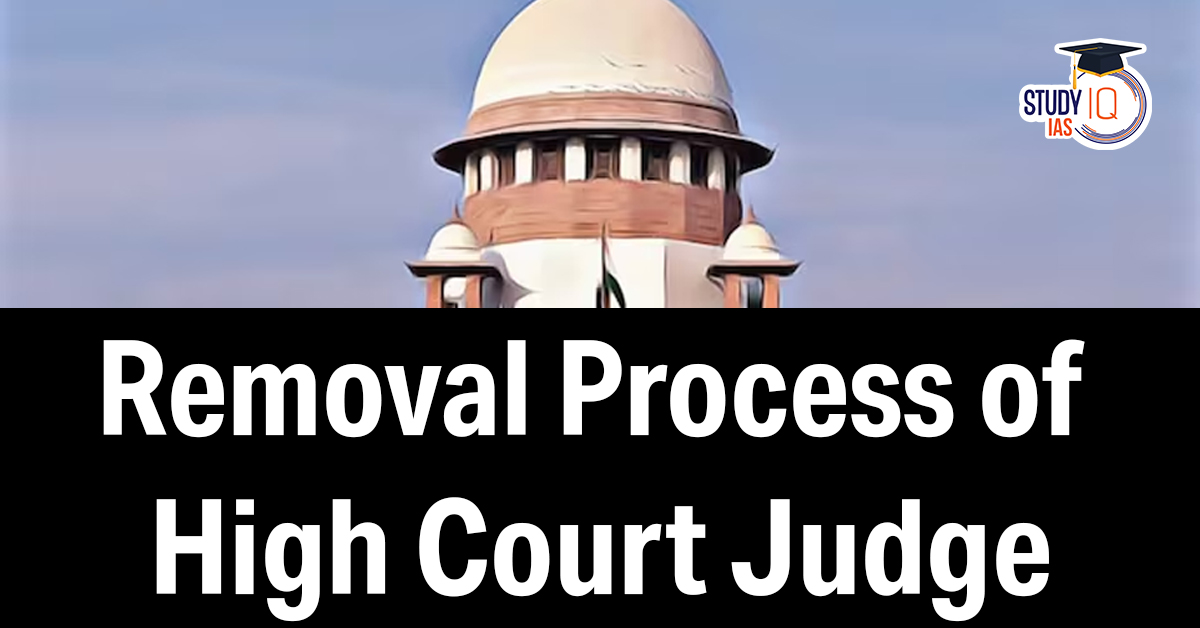
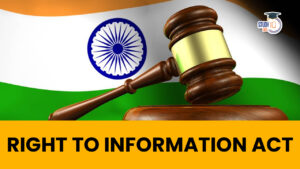 Right To Information Act, Objective, Fea...
Right To Information Act, Objective, Fea...
 Indian Councils Act 1861, History, Provi...
Indian Councils Act 1861, History, Provi...
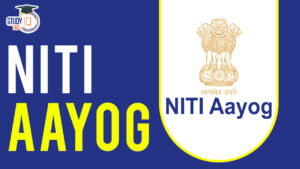 NITI Aayog Report on India’s Hand and ...
NITI Aayog Report on India’s Hand and ...

